Shaw
Shaw got its start in 1946 as Star Dye Company, a small business that dyed tufted scatter rugs. The events that transformed the company into the world’s largest carpet manufacturer are too numerous to write or even fully know. But the philosophy guiding those events meeting customers, determine their needs, and supplying those needs hasn’t changed much through the years.
In 1958, with $300,000 in sales, the company expanded dramatically and soon started finishing carpet as Star Finishing Company.
In 1967, a holding company was formed to acquire Philadelphia Carpet Company, founded in 1846. The holding company added Star Finishing to the fold one year later, marking the company’s first move into carpet manufacturing.
The holding company went public as Shaw Industries, Inc. in 1971 with approximately $43 million in sales and 900 employees. In 1985, Shaw made its first appearance on the list of America’s largest corporations–the Fortune 500–with more than $500 million in sales and close to 5,000 employees.
Continually differentiating its service and adding value for customers motivated every major move in the company’s development, such as the following:
- Generating its own yarn supply with the 1972 purchase of its first yarn plant
- Seeing the potential of newly developed continuous dyeing processes and acquiring its first continuous dye plant in 1973
- Creating its own trucking subsidiary, dramatically improving shipments nationwide
- Significantly expanding direct sales to retailers beginning in 1982
- Establishing regional distribution centers across the United States.
- Modernizing plants and equipment in the early 1980s, allowing it to respond quickly to such breakthroughs as stain resistant carpet
- Decreasing the consumption of fuel, water, and electricity in the manufacturing process and finding innovative recycling solutions.
- Acquiring Amoco’s polypropylene fiber production facilities in 1992 and providing consumers popular Berber styles
- Starting the rug division in 1993 and the hard surfaces division in 1998 with the launch of Shaw Ceramics, later creating Shaw laminates and Shaw hardwoods
The desire to be the industry’s low-cost provider was also a determining factor in Shaw’s decisions, namely the acquisitions that brought such respected names as Cabin Crafts and Sutton under the Shaw umbrella. It also played a role in one of the largest and most significant moves in the company’s history: the merger of Shaw and Queen Carpets.
On January 4, 2001, Shaw began a new chapter in its long and varied history with the completion of its sale to Berkshire Hathaway Inc., the holding company of renowned investor Warren E. Buffett. Berkshire Hathaway is known for buying and holding businesses that have a dominant market share, have strong management teams, and are considered undervalued in the stock market. With the move, Shaw ended its tenure as a public company.
Today, with the leadership of CEO Vance Bell, Shaw is a full-service flooring company with nearly $6 billion in annual sales and approximately 22,000 employees. We are more than a flooring company – we are people united in our vision of creating a better future for our customers, for our people, for our community and for our company.
-

 Shaw Floors
Shaw FloorsReflections White Oak
-

 Shaw Floors
Shaw FloorsRenaissance
-

 Shaw Floors
Shaw FloorsSequoia 6 3/8″
-

 Shaw Floors
Shaw FloorsSequoia Hickory 5″
-

 Shaw Floors
Shaw FloorsSequoia Mixed-Width
-

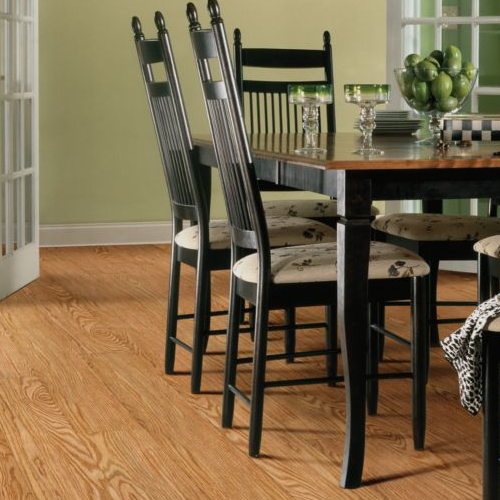 Shaw Floors
Shaw FloorsSumter Plus
-

 Shaw Floors
Shaw FloorsThoroughly Modern 12″
-
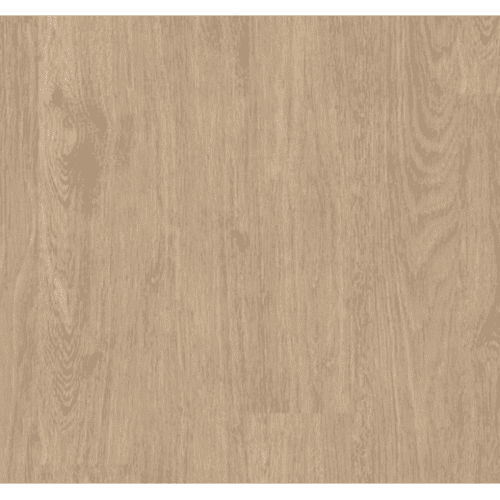
 Shaw Floors
Shaw FloorsThoroughly Modern 6″
-

 Shaw Floors
Shaw FloorsTivoli Plus
-

 Shaw Floors
Shaw FloorsTotalWorx – 4.5″ Rubber Cove Wall Base
-

 Shaw Floors
Shaw FloorsTotalWorx – 6″ Rubber Cove Base
-

 Shaw Floors
Shaw FloorsTotalWorx – Rubber Cove Eco Base
-

 Shaw Floors
Shaw FloorsTotalWorx – Rubber Cove Wall Base
-

 Shaw Floors
Shaw FloorsTotalWorx – Rubber Straight Wall Base
-

 Shaw Floors
Shaw FloorsUptown Now 12 mil
-
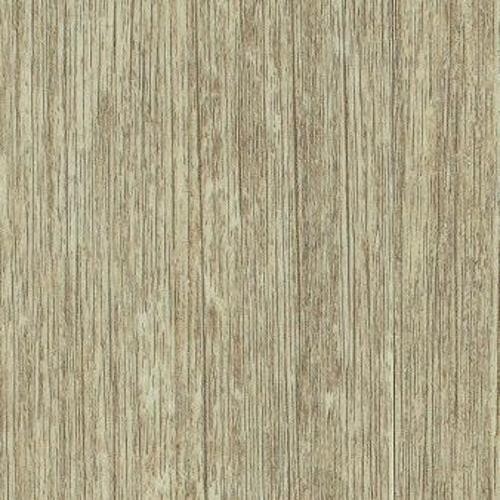
 Shaw Floors
Shaw FloorsUptown Now 20 mil
-
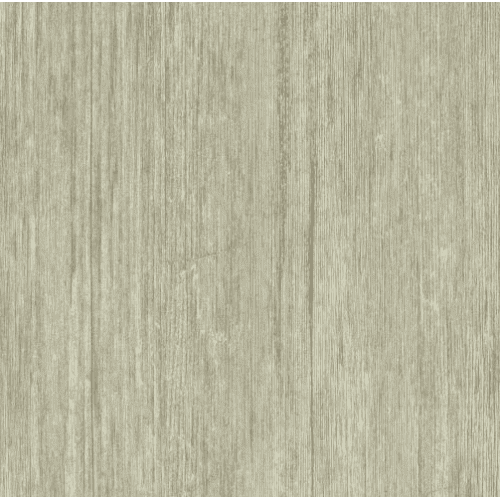
 Shaw Floors
Shaw FloorsUptown Now 30 mil
-

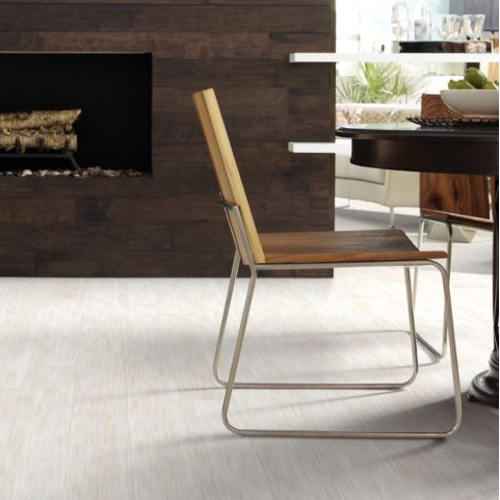 Shaw Floors
Shaw FloorsUrbanality 6 Plank
-

 Shaw Floors
Shaw FloorsValore
-

 Shaw Floors
Shaw FloorsWilshire Boulevard
-

 Shaw Floors
Shaw FloorsYukon Maple 5″
-

 Shaw Floors
Shaw FloorsYukon Maple 6 3/8″
-

 Shaw Floors
Shaw FloorsYukon Maple Multi Width
